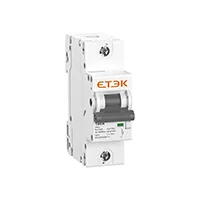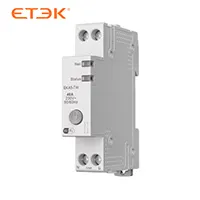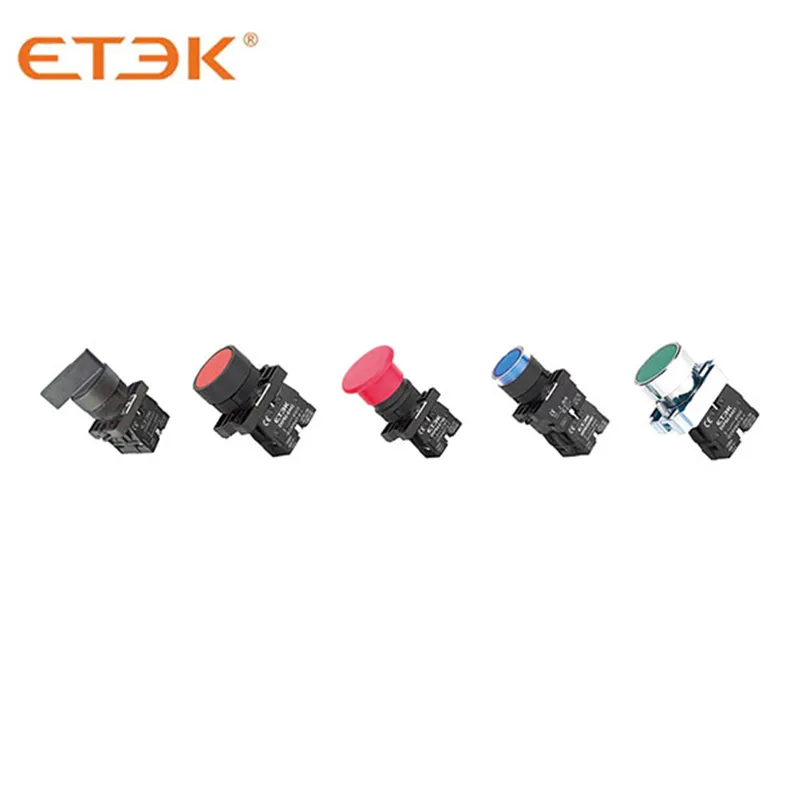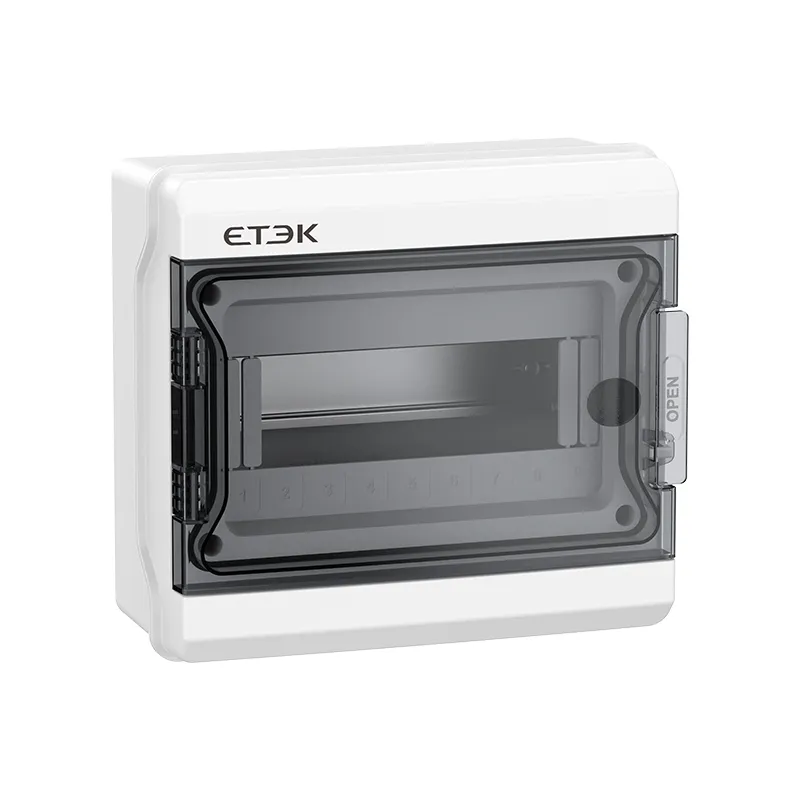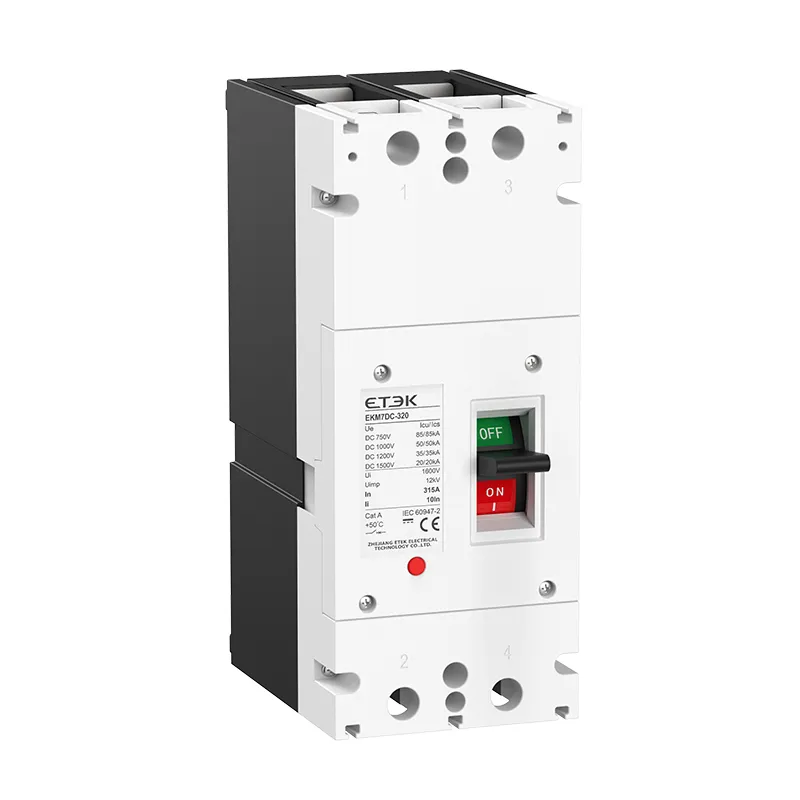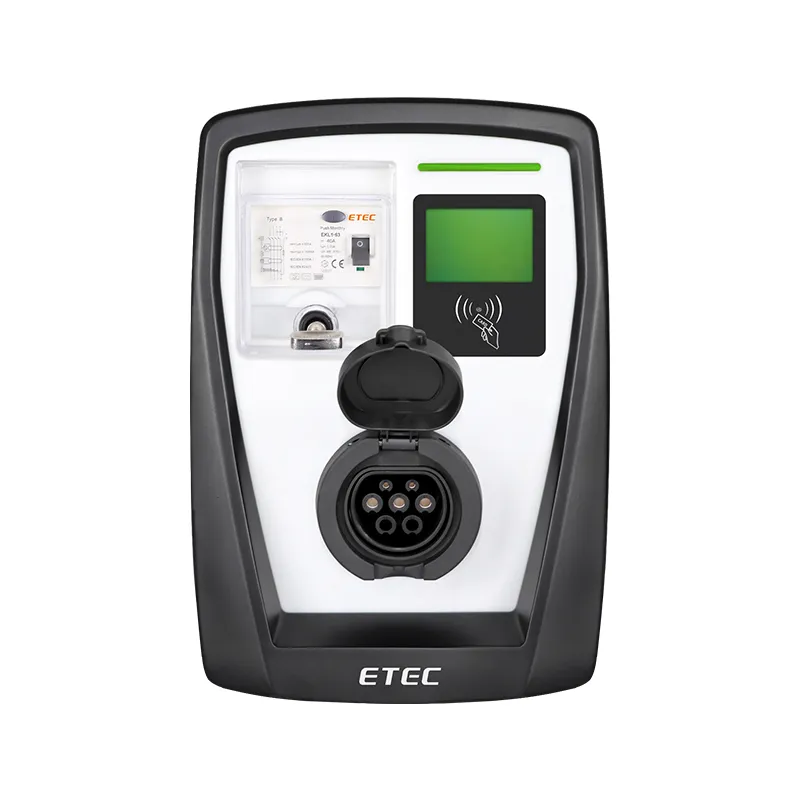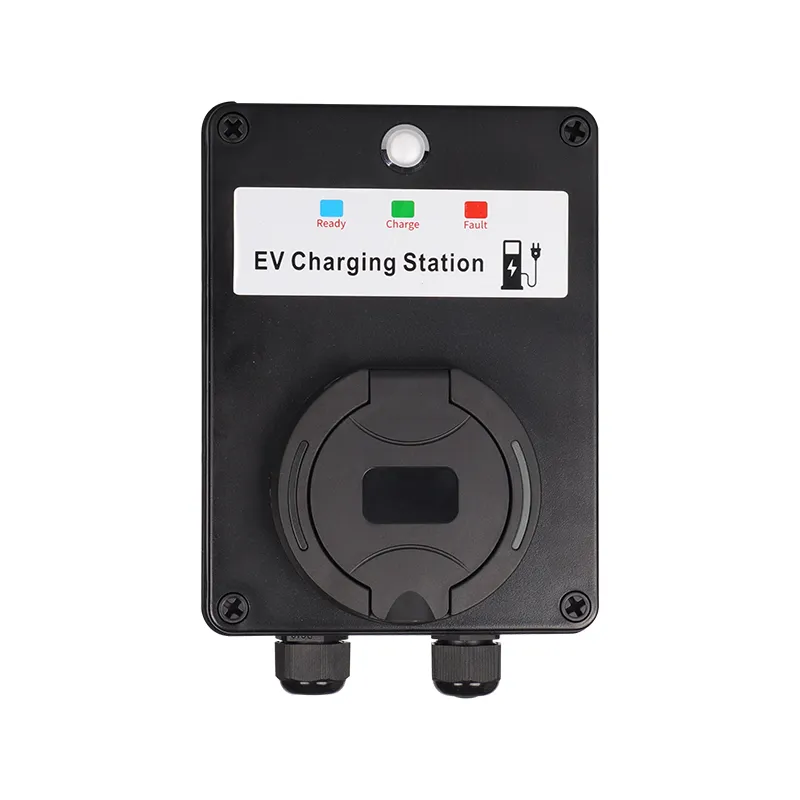What is a Contactor and how does a contactor work?

While technology has improved over the years, the primary means of controlling electrical circuits remain the same.
Among these are contactors, and this article examines the different types of contactors and how they work and how to choose the correct contactor.
What Is a Contactor?
A contactor is an electrically-controlled switch used for switching an electrical power circuit. Contactors are used to control electric motors, lighting, heating, capacitor banks, thermal evaporators, and other electrical loads.
A contactor is typically controlled by a circuit which has a much lower power level than the switched circuit, such as a 24-volt coil electromagnet controlling a 230-volt motor switch.
What is the capacity of a contactor?
Contactors range in size and capacity. You have those that you can easily lift with your hand to massive ones measuring about a meter on the side. You also have those with a breaking current ranging from a few amperes to thousands of amperes and those from 24V DC to many kilo volts.
Types of Contactors
What is the difference between the different contactor types?
1. Knife Blade Switch
It is the oldest type of contactors and uses ON and OFF electric motors.
The knife blade switch consisted of a strip and a lever. The lever serves to pull the metal strip up and down, making this contactor a manual operation.
It has several shortcomings which led to its discontinued use:
- High incidences of arcing led to a short life span for the contactor
- Had safety risks
- Was vulnerable to moisture and dirt
- Double Break
2. Manual Contactor
This contactor was a replacement and improvement on the knife blade switch. It, however, still features manual operation.
- Double break contacts, which can open the circuit in two places simultaneously, providing more current in smaller spaces.
- Properly enclosed unit protecting the inner parts
- Safer operation
- Smaller size
3. Magnetic Contactor
This is the latest contactor design and is the most advanced of them all.
It is commonly used in industrial applications due to its features like:
- It works automatically
- Offers the safest operation
- Uses the least amount of control current to open and close a circuit.
How does a contactor work?
What are the three parts of a contactor?
To understand the contactor working, you need to know the various parts of a contactor.
There are three essential components of a contactor: The coil/electromagnet, Contacts,The frame or enclosure.

The contactor consists of two irons because one is fixed, and the other one is movable.
The coil, and it's an insulated copper coil located on the fixed time core. Six main contacts for power connection. Three are fixed, and the other three are three to move with the movable lion core.
These contacts are made from pure copper, and the contact points are made from special alloy to withstand the high starting current and temperature. It is located between coil and the movable core auxiliary contacts. It could normally be open or close, and it is not designed to carry high loads the same as the main contacts.
It allows us to make con and off for some light current loads, such as contact as coil, relays, time was and, many other controls circuit parts. It is linked to the contact mechanism. So, when the contactor is energized, it will change its status from normally open to close, and vice versa.
Contactor working steps
When applying the control voltage on the coil leads a one and a two a magnetic field will be generated, attracting the movable lion core towards the fixed core.
So the movable contacts which are fixed to the movable core, will move as well towards the fixed contacts to make a contactor and allow the power lines to run to the load. if we interrupt the control voltage, supplying the coil the magnetic field.
It will disappear and the fourth spring will push the movable parts back again to their original position that will interrupt the power going to the load.
Differences Between AC Contactor and DC Contactor?
An AC contactor is different from a DC contactor in five main ways:
1. An AC contactor electromagnetic core is made of laminated silicon steel sheets, while that of a DC contactor is made from soft steel.
2. The electromagnetic core in an AC contactor often has an E shape, while that of a DC contactor often has a U shape.
3. An AC contactor comes with a short circuit ring at the end of the static core. It helps eliminate vibration and noise from the electromagnet. A DC contactor does not come with a short circuit ring as it does not need it.
4. An AC contactor has a high starting current with a maximum operating frequency of 600 times/hour. That of a DC contactor is about 1200 times/hour.
5. A DC contactor uses a magnetic quenching arc, while an AC contactor uses a grid arc as an extinguishing device.
How to choose the correct replacement for a contactor?
1. You have to check the coil voltage. It is the control voltage, which is used to energize the contactor, and you can find it printed on the contactor between a one and a two. It must be same as the used contactor.
2. Check the auxiliary contacts if available. How many normally open and close were used in the old contactor?
3. Check the contact rating. It is the contactor designed capacity and it is printed on a table on the contactor.
Contactors are indispensable devices in the control of a circuit and come with added safety features. As with every electrical device, it is vital to ensure you find one that matches your needs and function.
ETEK Electric which offers genuine products meeting global standards like IEC.




